Otranto is Italy’s most easterly town and its position on the Adriatic coast has long made it strategically important in defending the narrow Strait of Otranto between Italy and Albania. The massive perimeter walls and tall, sturdy towers, an imposing sight by today’s standards, were constructed after the town was liberated from the Turks in the 15th century.


Today a number of wide promenades iced with cafe tables run along the top the walls that stretch high from the turquoise-clear waters of the Adriatic below. Narrow alleys dive up into the old town, cutting through vast turrets and stone-flat walls. In amongst the passageways and the hidden piazzas, small restaurants offer pizzas and fresh fish and pasta before breaking through to the main gates of the castle.

It is only a short distance through the shaded streets of the old town, lined with small shops selling classy cloths, local jewellery and the usual tourist tat, to reach the small piazzas at the heart of the old town. From the walls a large marina is revealed and at the other end of town a sandy beach provides opportunities for swimming and sun lounging.


One piazza is home to the 11th century duomo.

Inside two features stand out. One is a magnificent mosaic floor depicting hell.

The other is a collection of 100s of human skulls that are kept behind a sheet of glass. In 1480 the town was attacked by the Turks. The locals held out for two weeks but were eventually overcome. 800 took refuge in the cathedral. The Turks promised to let them go free if they renounced their faith but none did so and they were all taken out and beheaded. In 1771 a papal decree beatified them as martyrs and their skulls retrieved and displayed here.

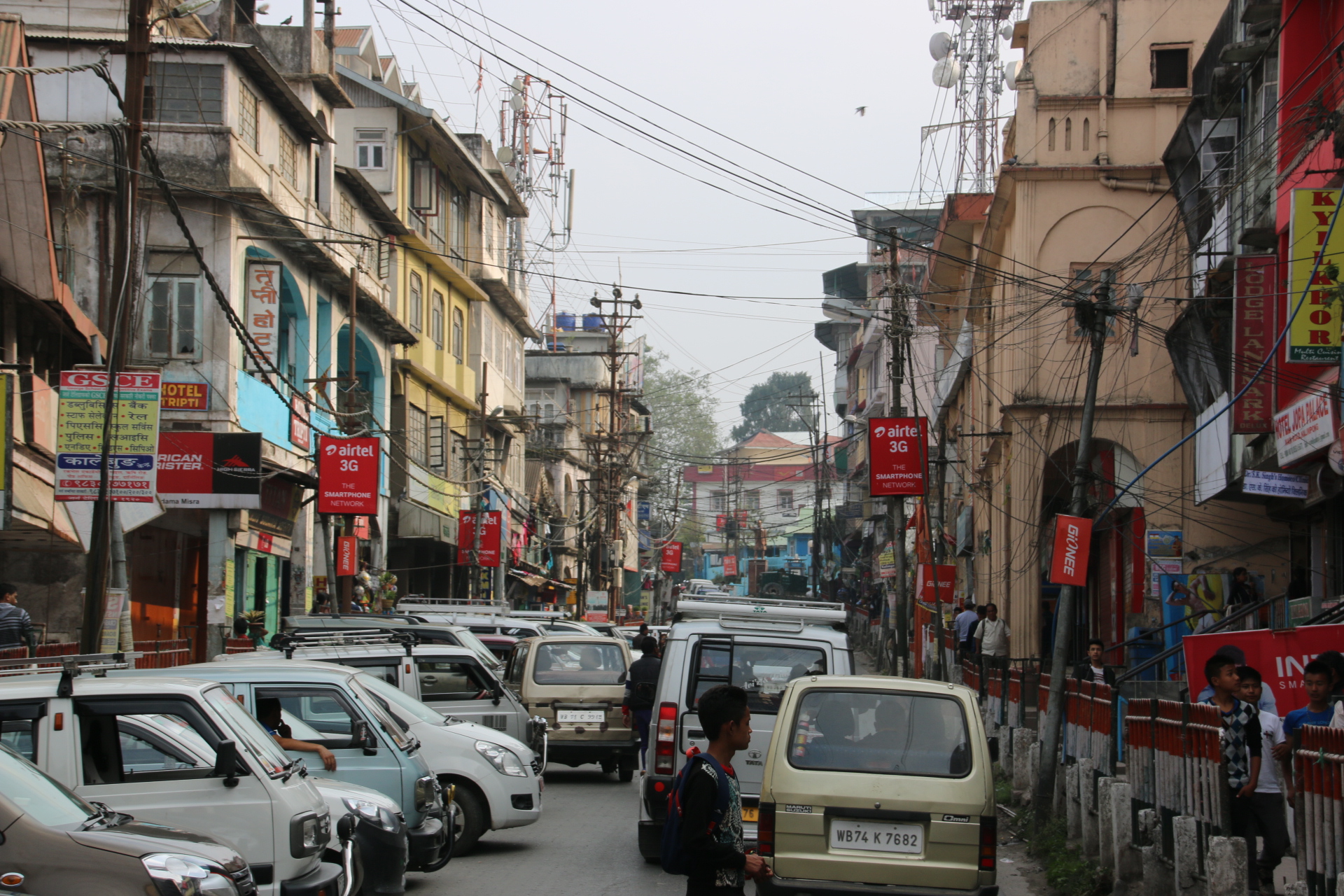



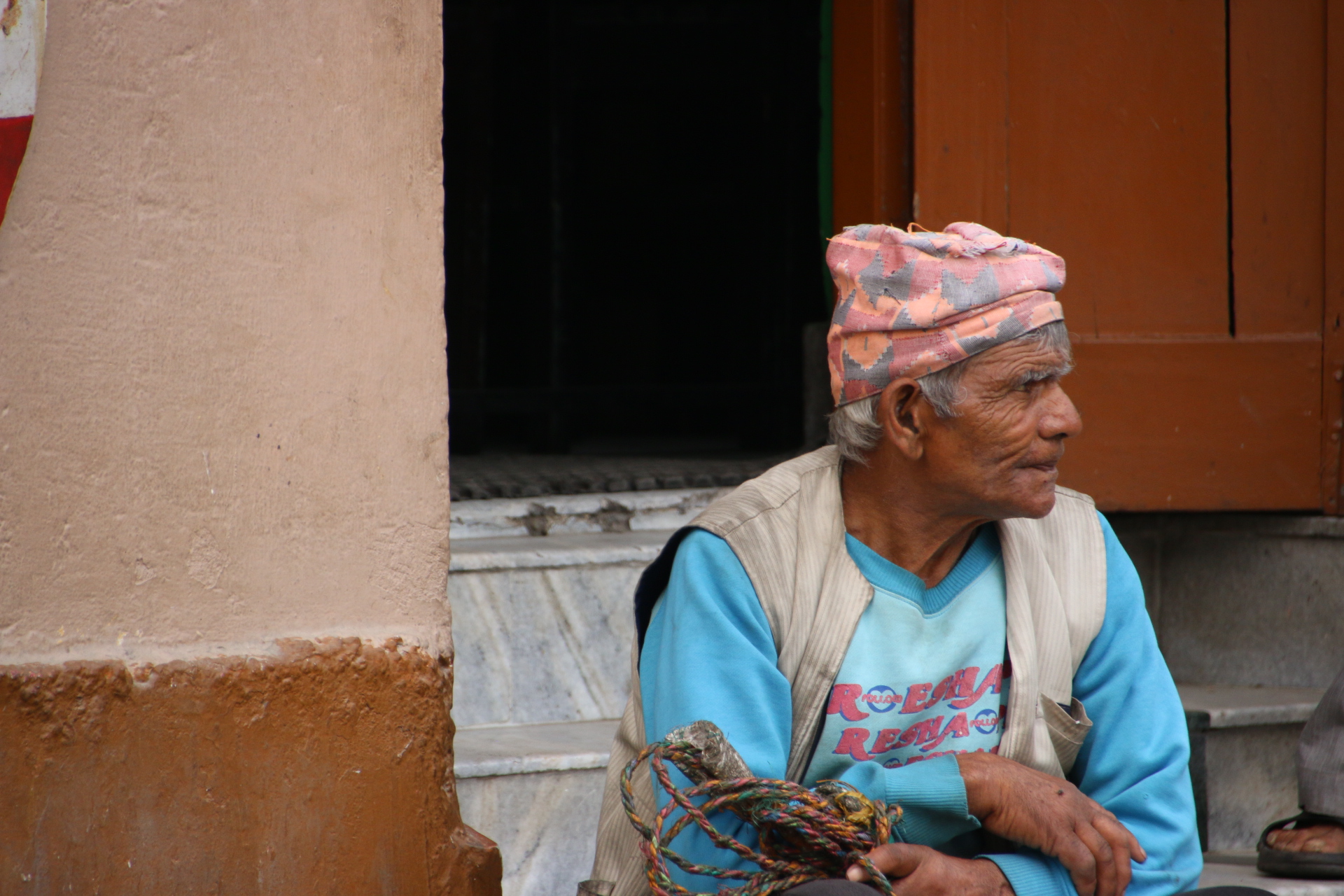




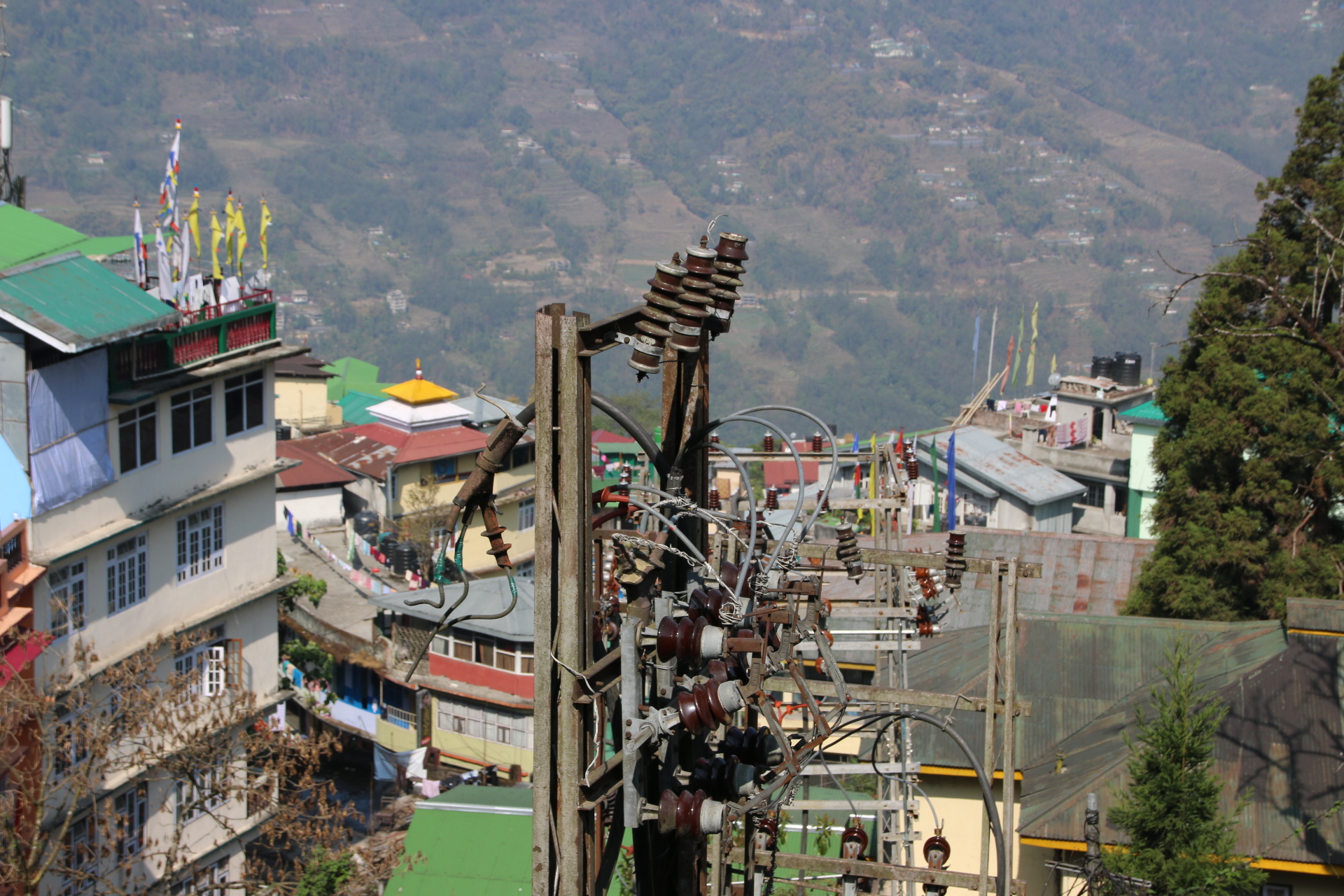



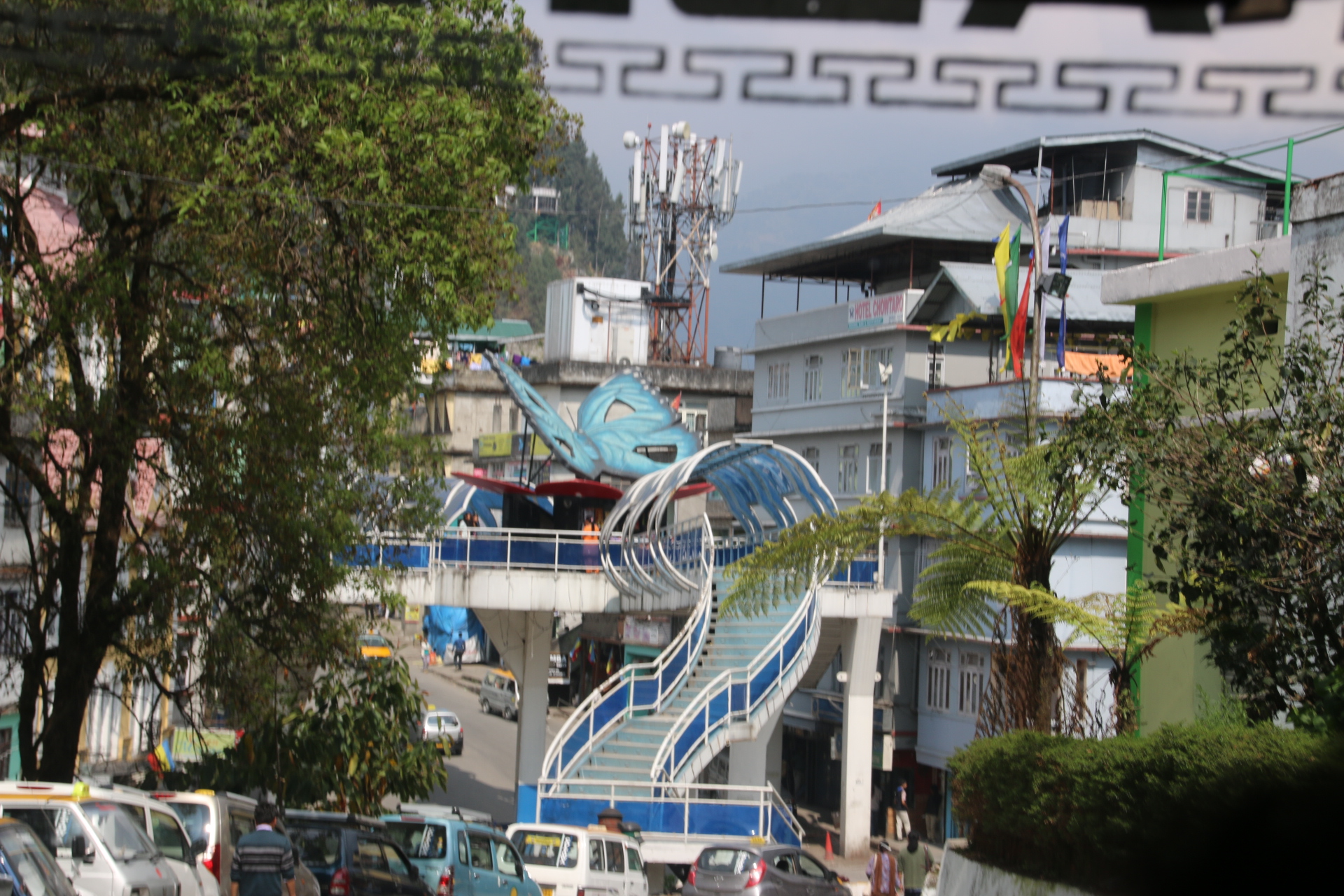
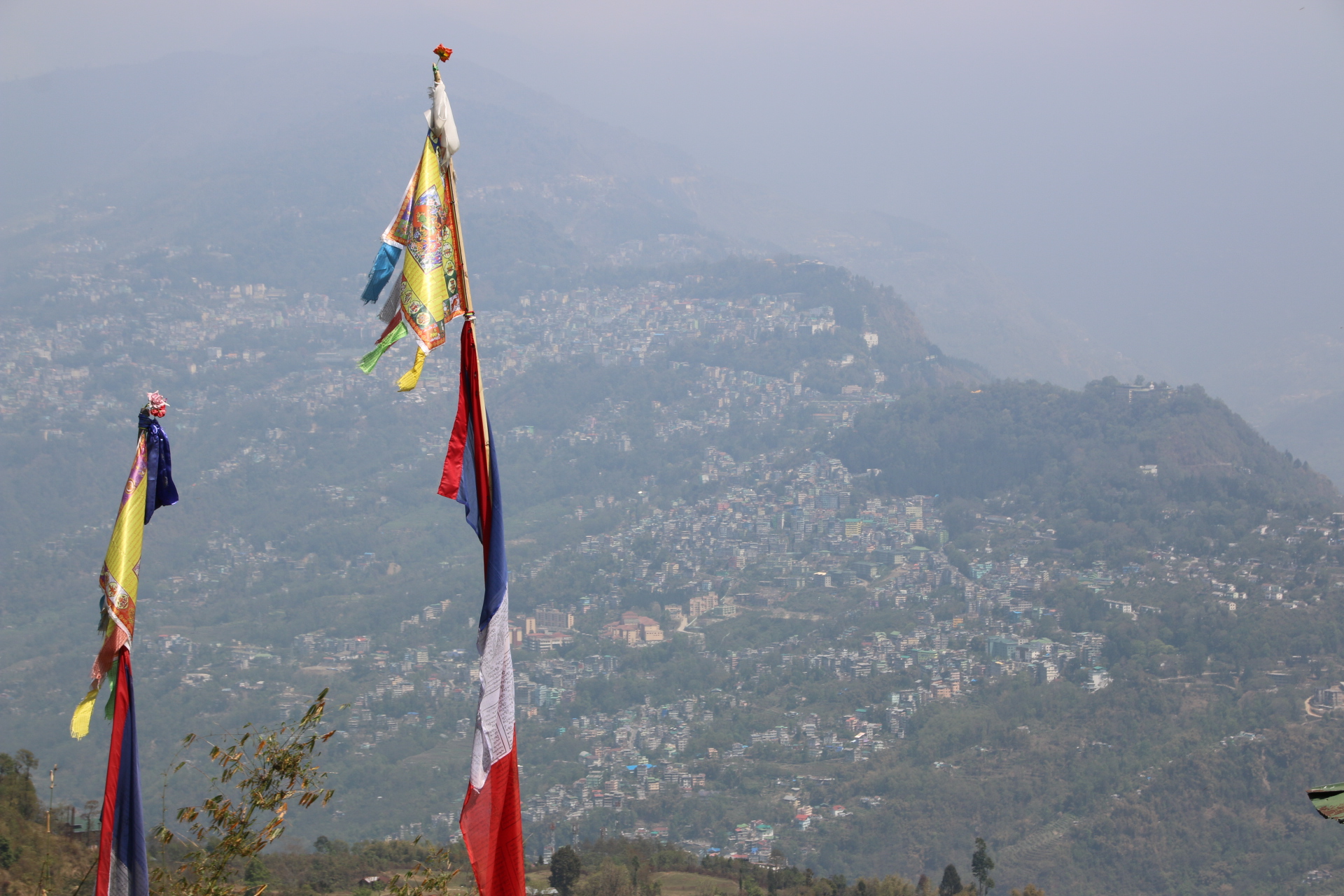

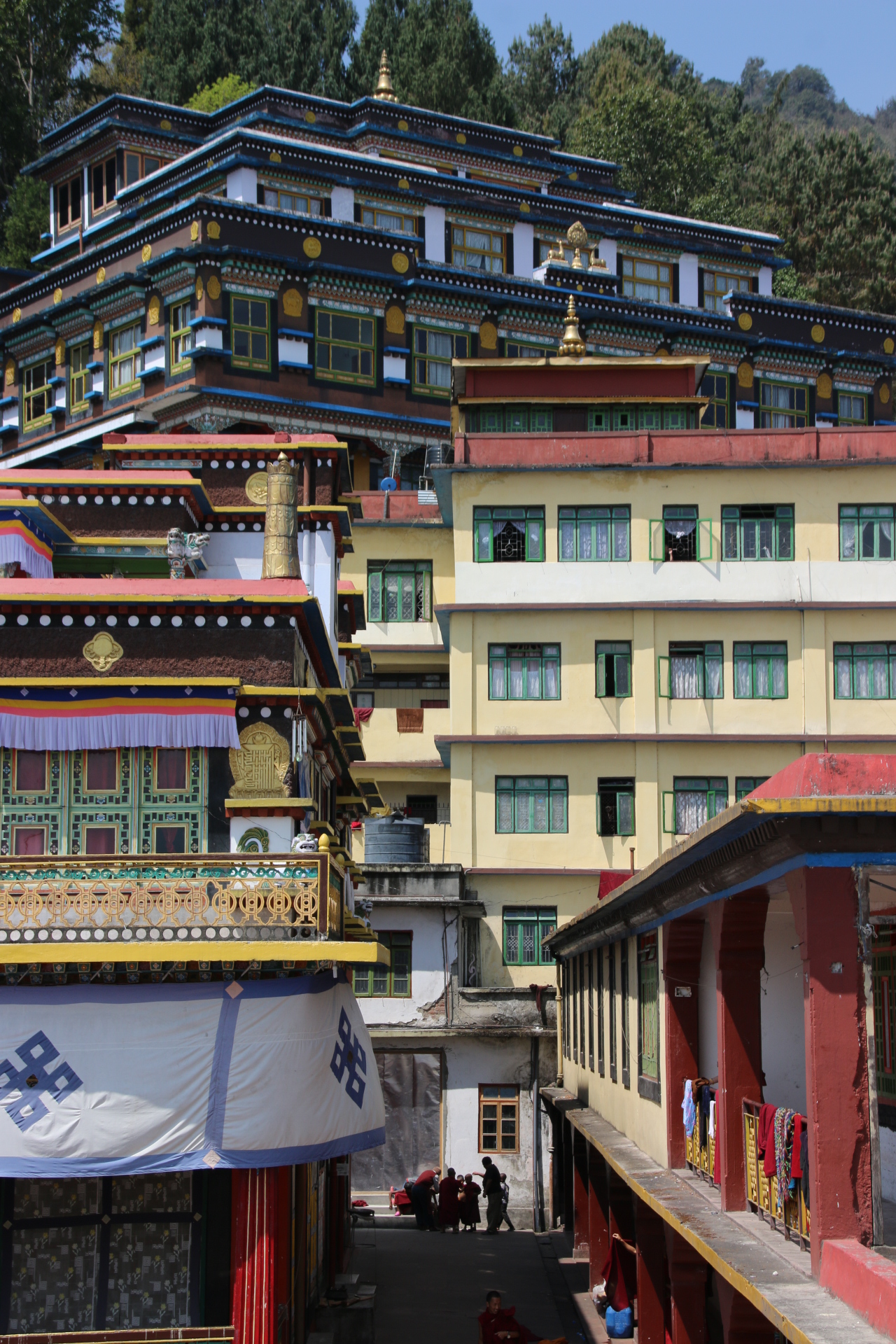







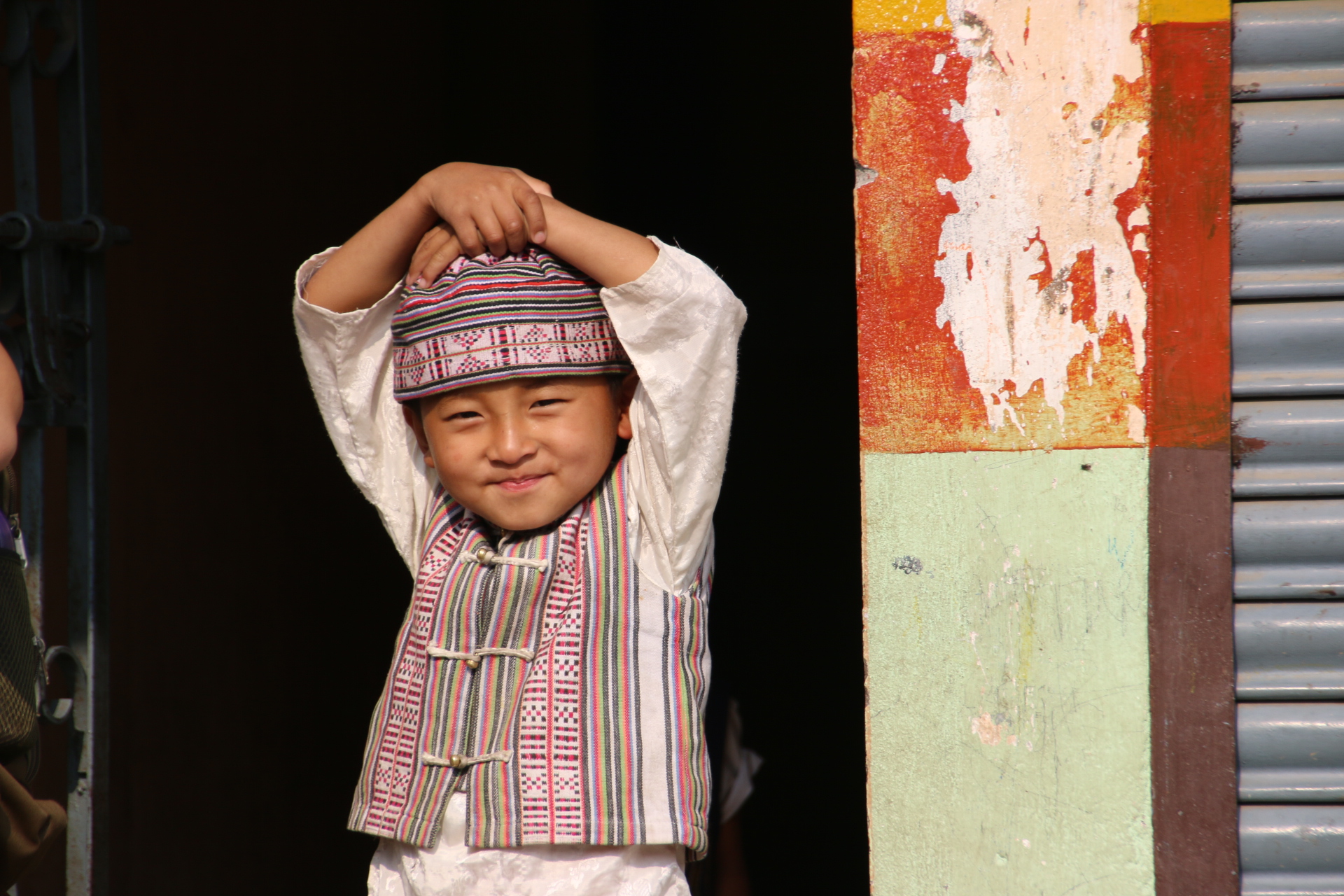




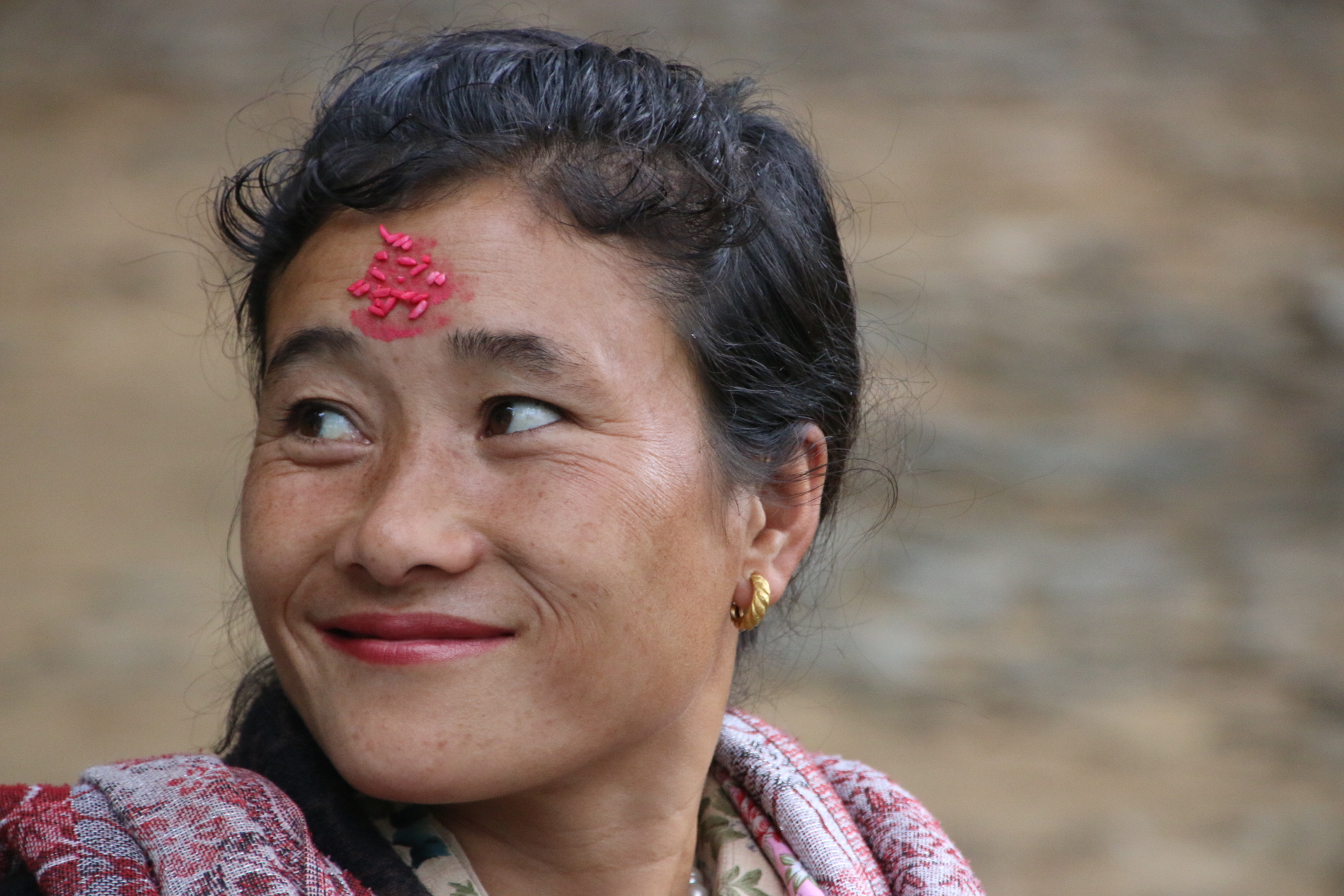

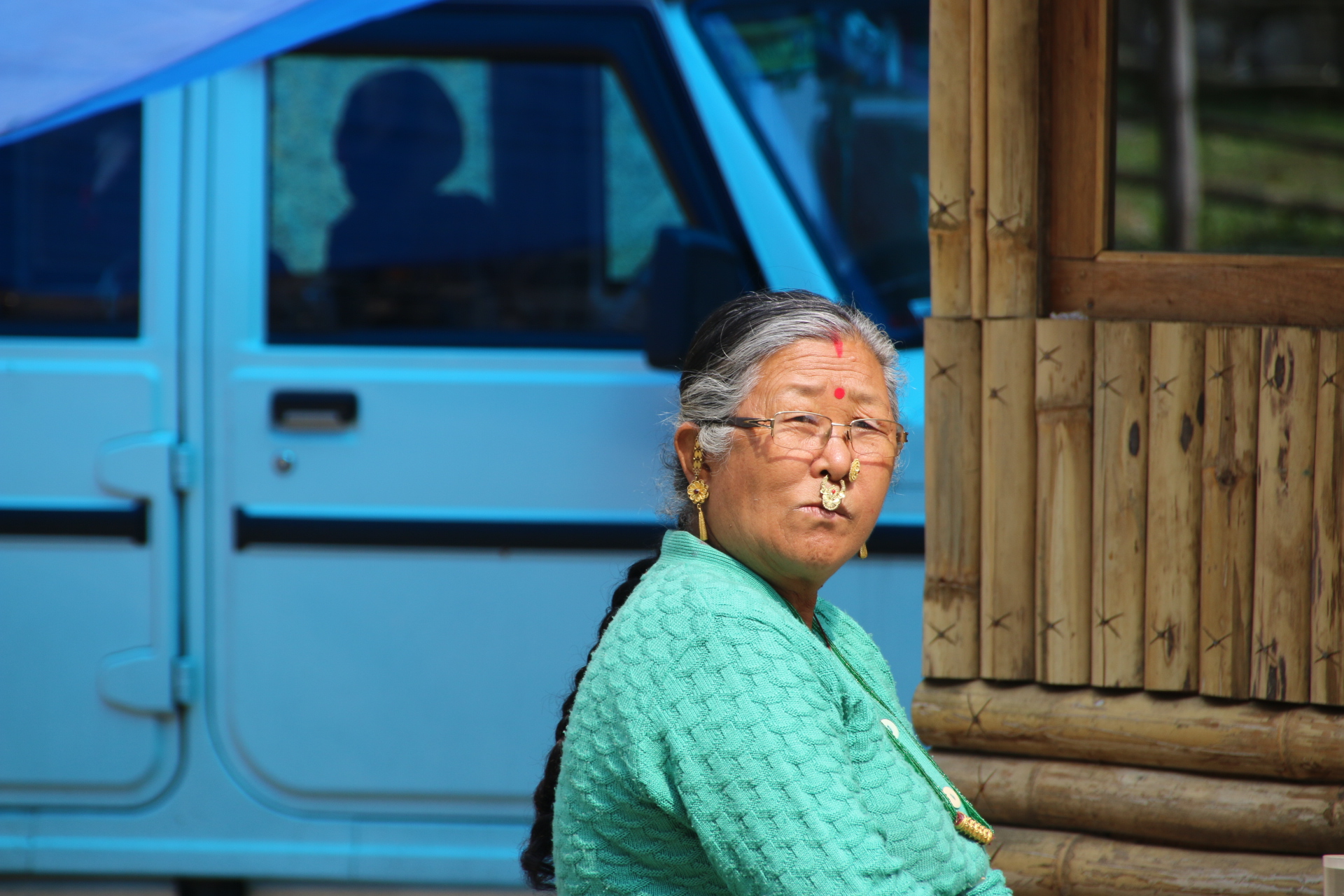





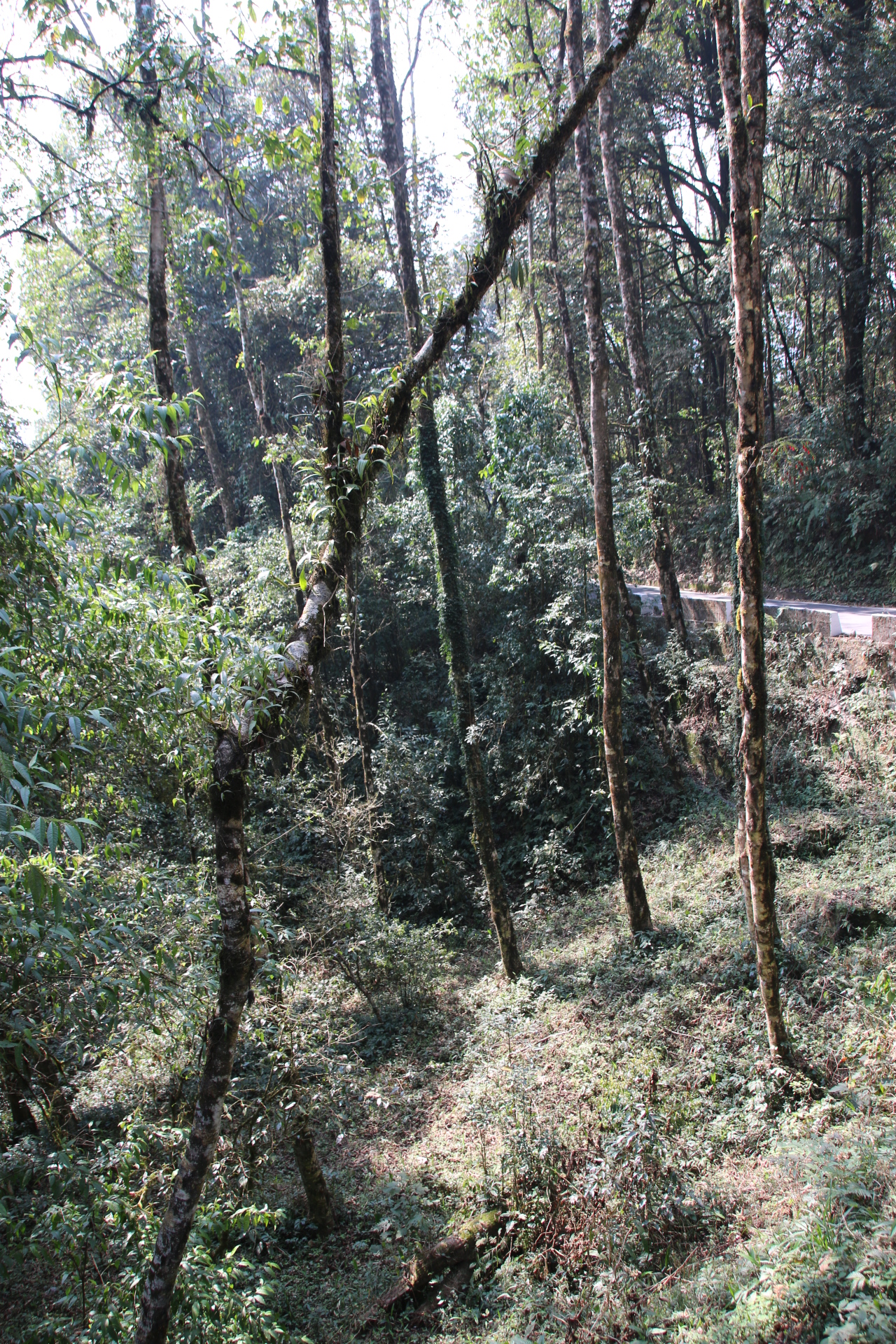


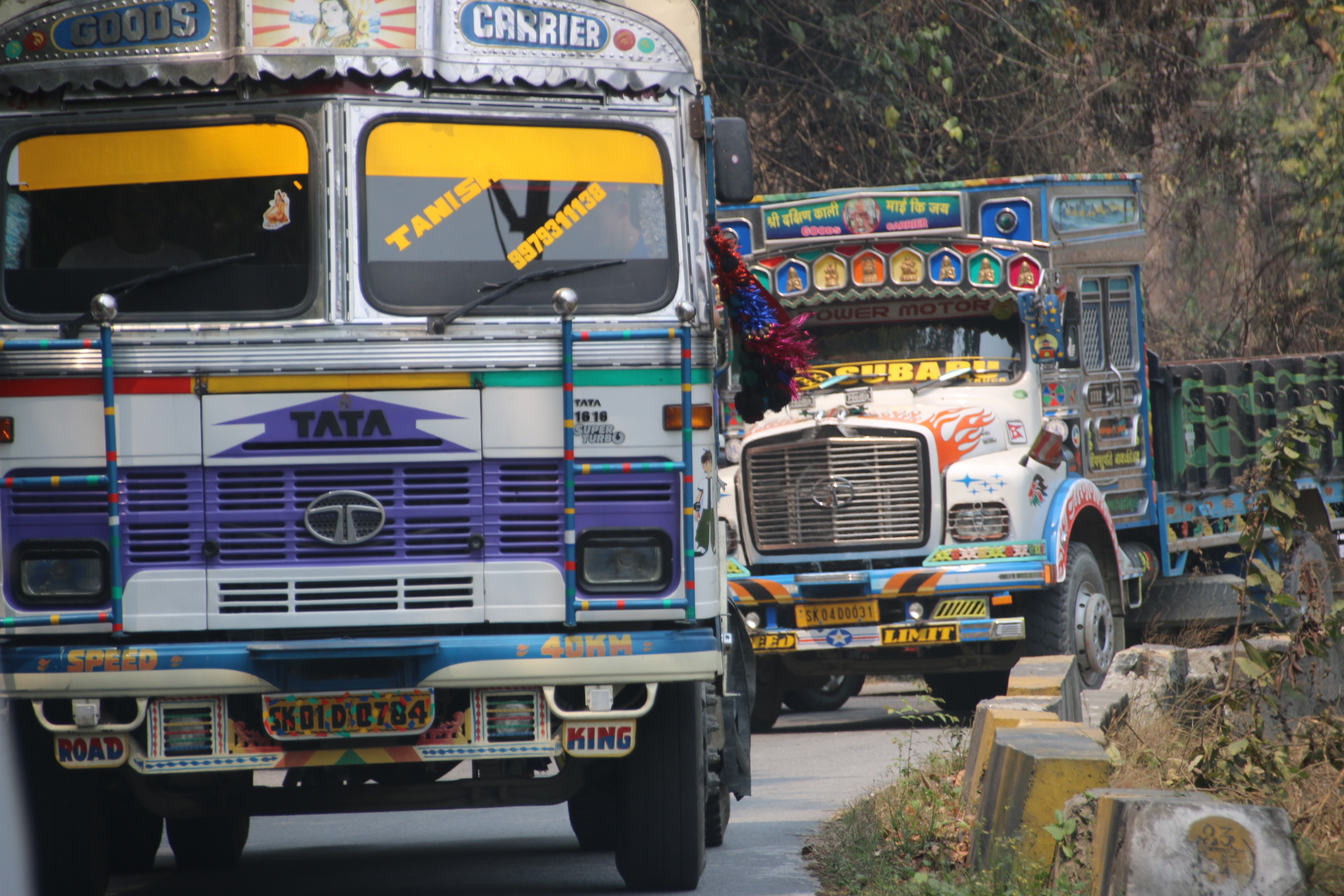



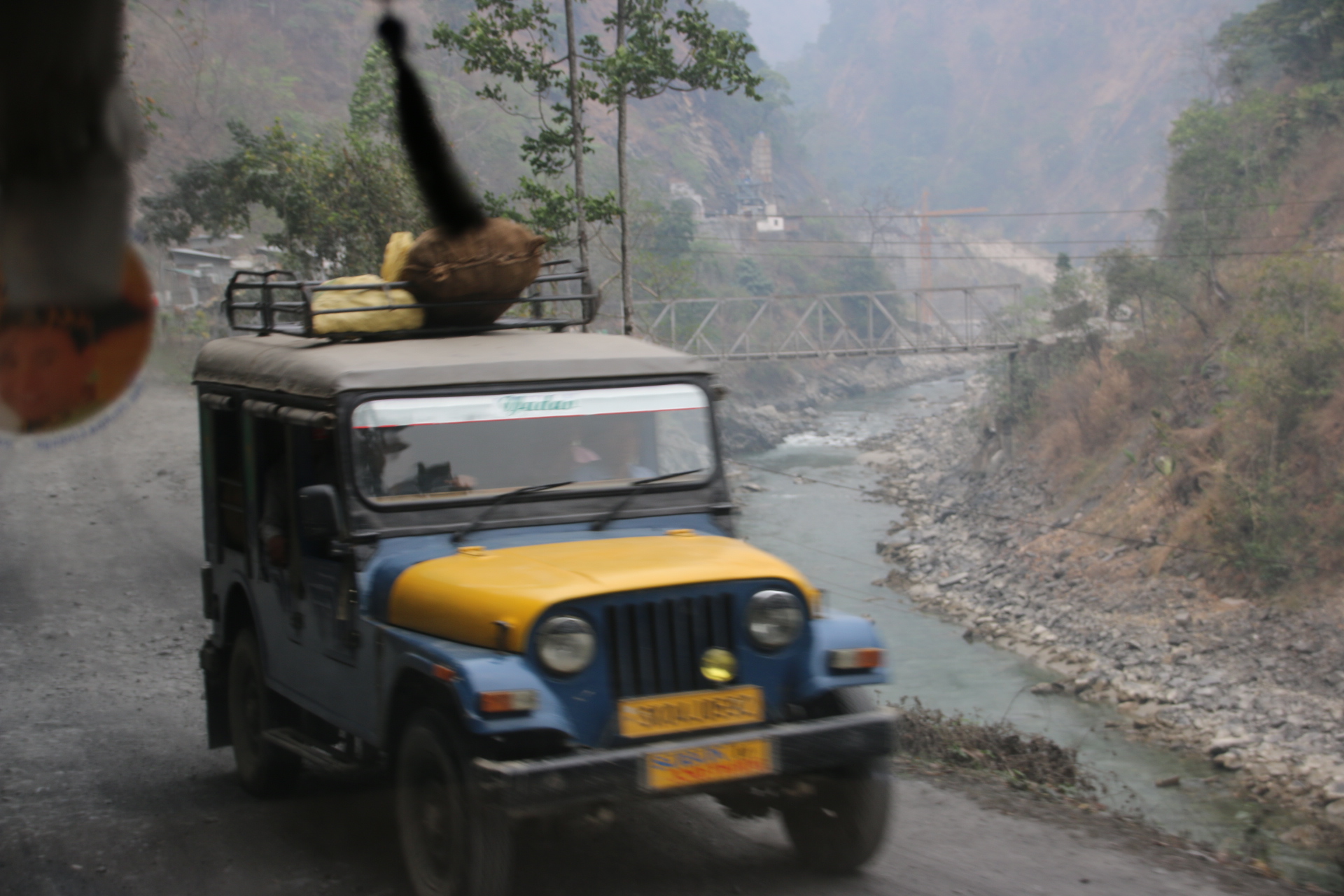























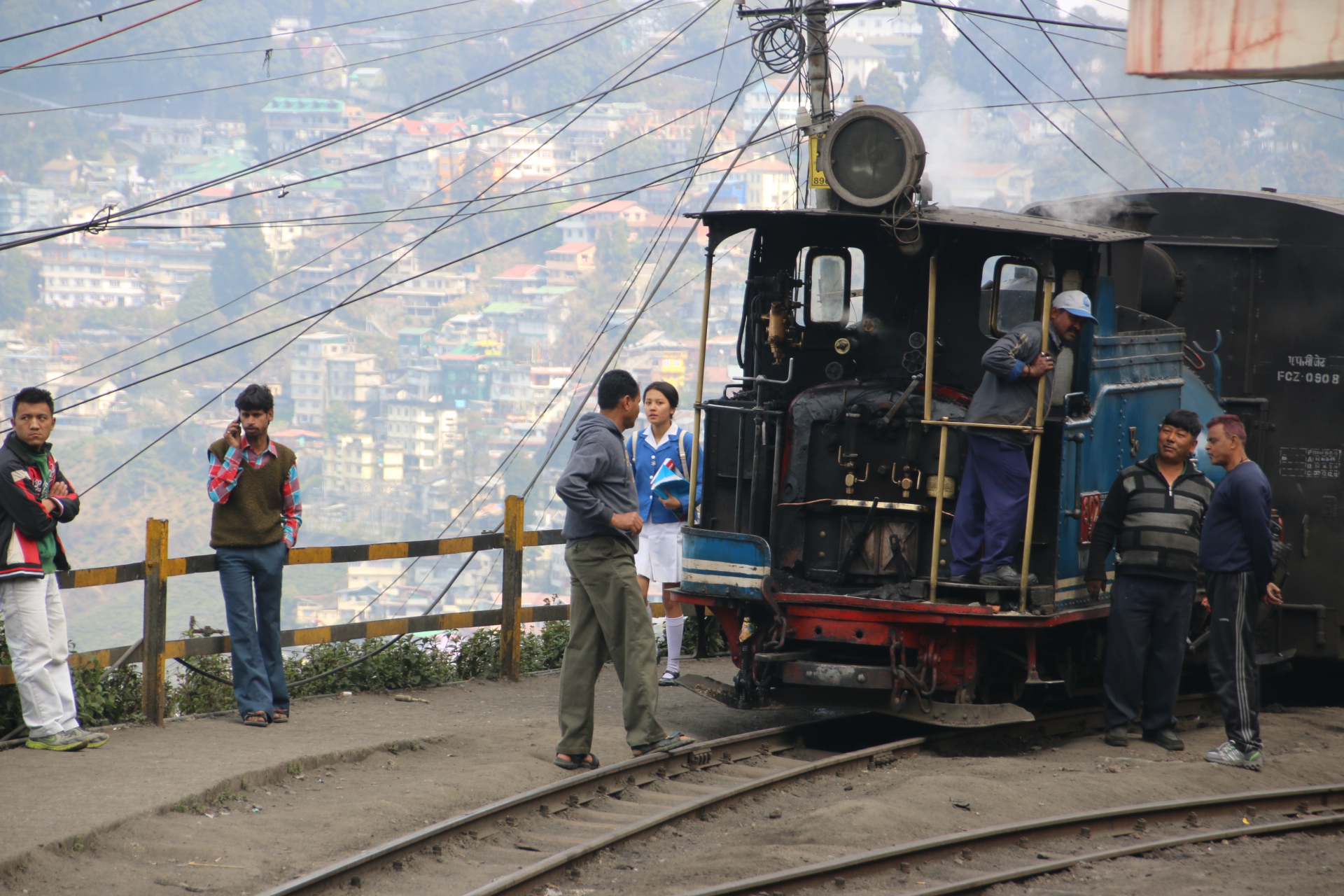

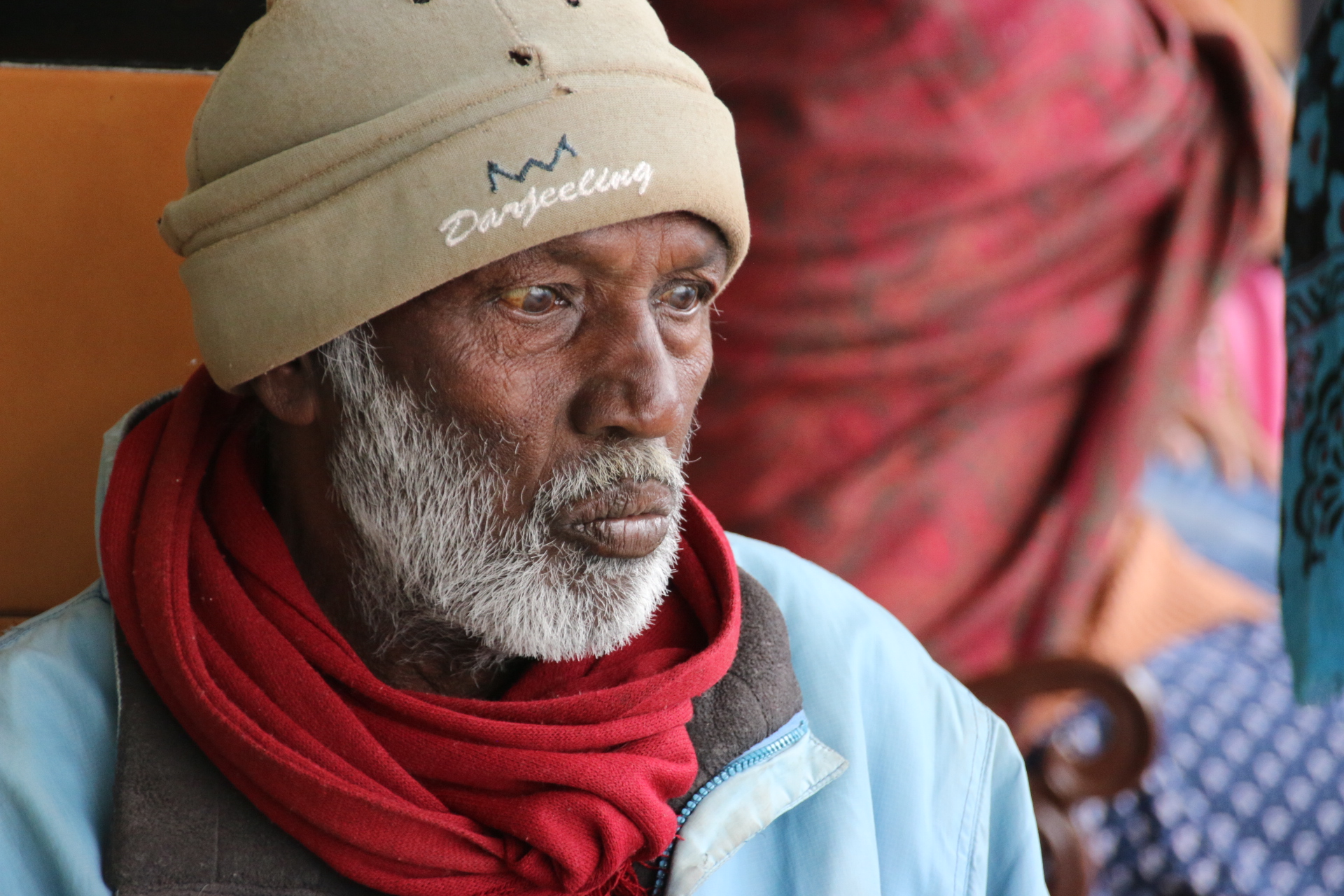

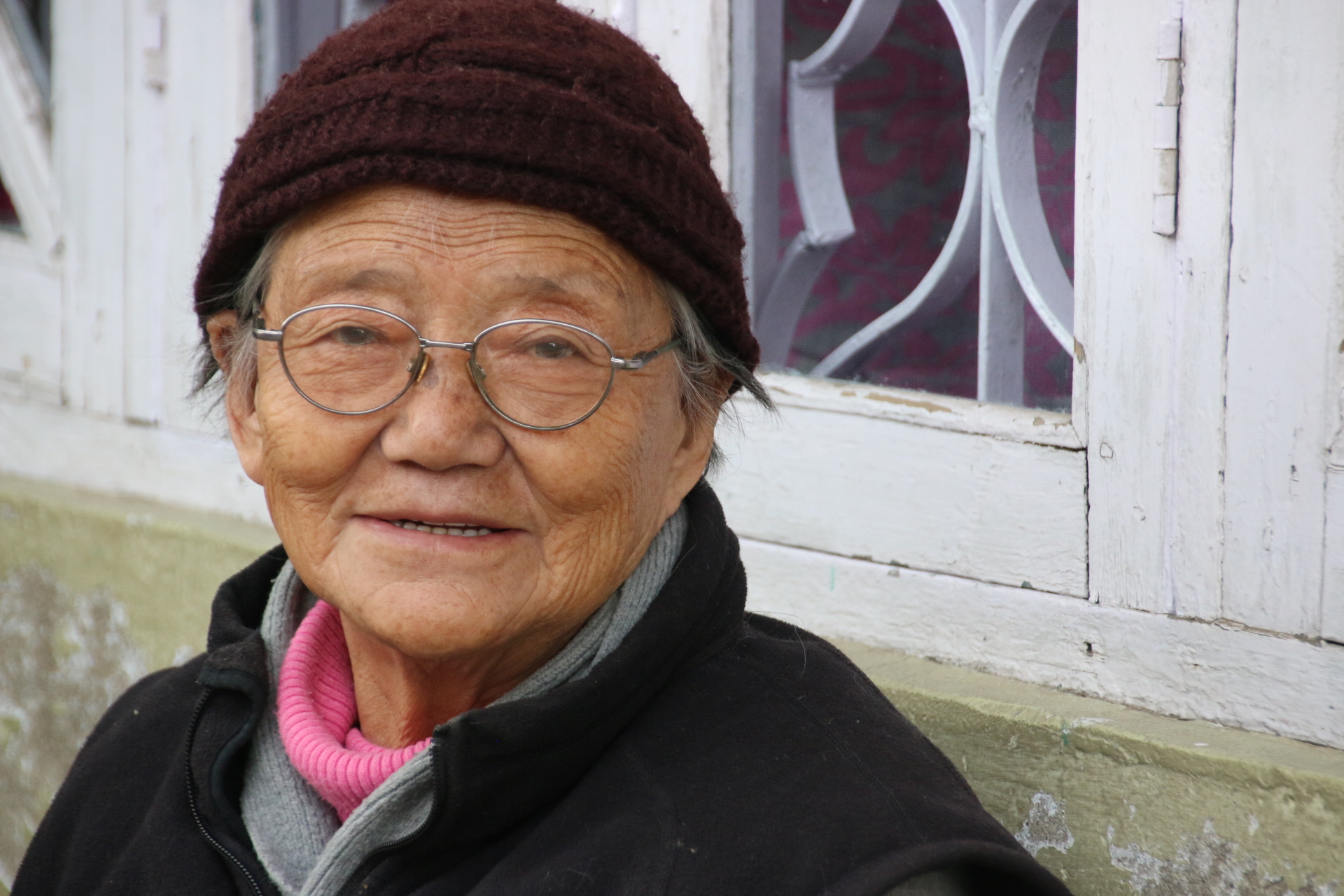

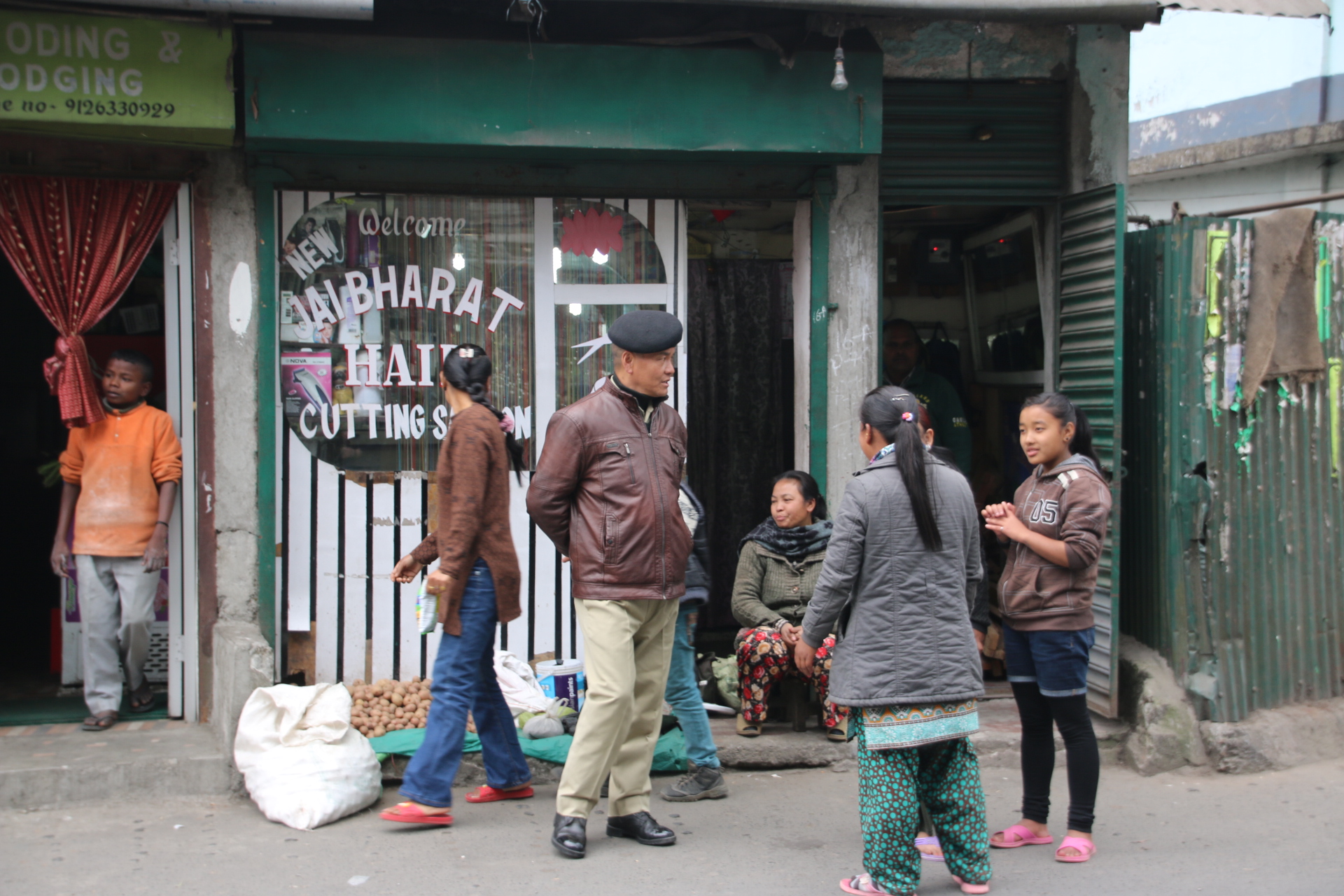
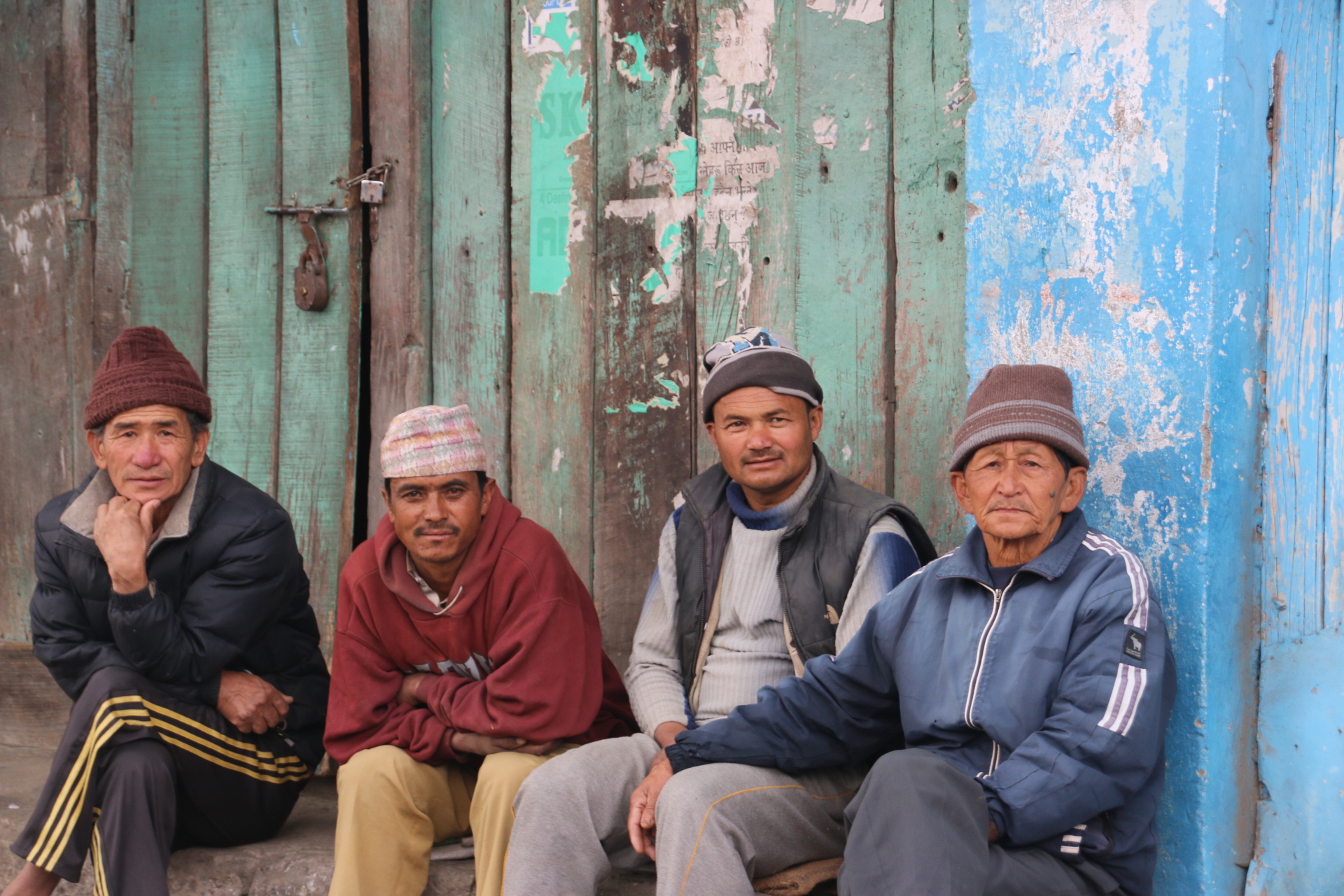
You must be logged in to post a comment.